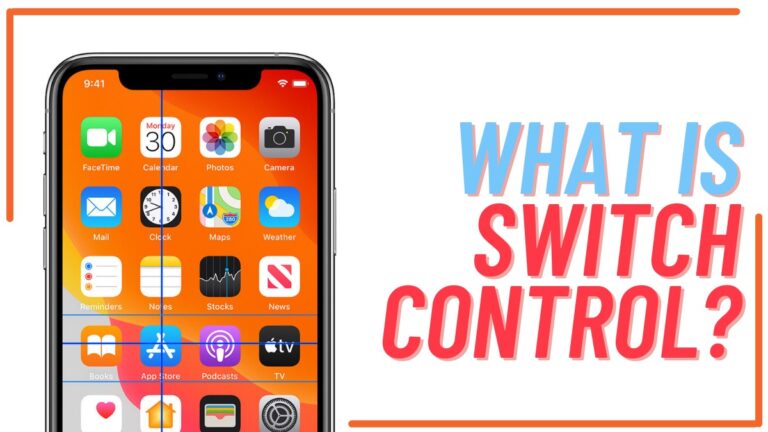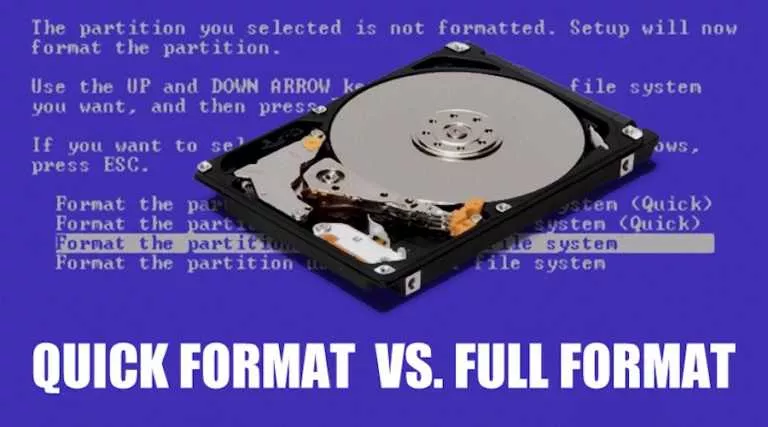What Is An E Ink Display And How Does It Work?

An E Ink display, also called an electronic ink display, is a low-power, paper-like panel used in e-readers. It was founded at the MIT Media Lab, which filed a patent for the technology in 1996. Now, it is owned by E Ink Corporation, which is based in Massachusetts.
How does E Ink Display Work?
An E Ink display works with the help of microcapsules, which are almost the width of a human hair, packing positively charged white particles and negatively charged black particles. These are suspended in a liquid inside a film layer. So when the negative current is passed through, the white particles rise to the display, and when the positive current passes, the black particles rise.
This controlled passage of current creates a monochrome display, which is energy-efficient and easy on the eyes. This is because this panel replicates a paper by reflecting ambient light instead of using a backlight.
Benefits of E Ink Display
E Ink panels are also called electrophoretic ink. One of the most significant benefits of this technology is its energy efficiency. An average 12-inch LCD panel uses around 36 AA batteries over 20 hours of reading time. A 12-inch ePaper device uses only 1 AA battery for the same. This is so because ePaper displays are Bi-Stable. It means they don’t consume any battery when left idle.
These screens are also flexible, shatterproof, and light. They’re easy on the eyes as they reflect light, just like paper. So if you’re reading on an e-reader with an E Ink display, you’ll get comparatively less fatigued.
Limitations of E Ink Display
An E Ink display has a very slow refresh rate, which is why it can’t stream videos. Another limitation was that these panels are monochrome by default. However, colored panels are available now. While E Ink screens also don’t have a backlight by default, device manufacturers have added a backlight to make it more functional.
For instance, you can now get a backlit Kindle to read on the device in the dark. That said, the only real limitation of an electrophoretic ink panel is its low refresh rate.
Application
These displays have a wide range of applications, starting from e-readers to signage. Factories also use E-Ink panels for labeling machinery and other low-energy screens. Simply put, anywhere there’s a screen that doesn’t require a high refresh rate, it can be replaced with this panel.






